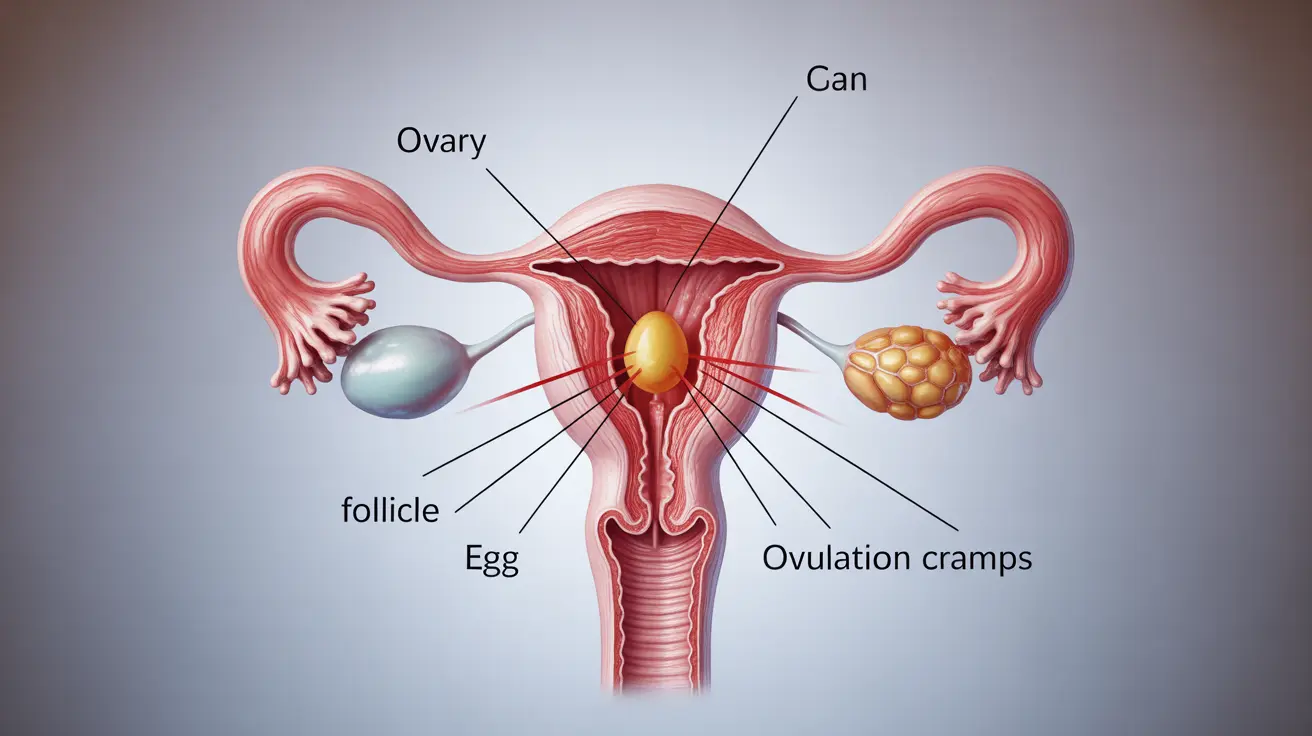A mold rash is a skin reaction that occurs when someone comes into contact with or inhales mold spores. This inflammatory response can cause significant discomfort and varies in severity from mild irritation to severe allergic reactions. Understanding the symptoms, treatments, and prevention methods is crucial for anyone experiencing or concerned about mold-related skin reactions.
While mold exists naturally in our environment, excessive exposure, particularly in damp indoor spaces, can lead to various health issues, including skin reactions. This comprehensive guide will help you identify, treat, and prevent mold rashes effectively.
Identifying Mold Rash Symptoms
Mold rashes typically present with several distinctive characteristics that can help you identify them:
- Red, inflamed skin patches
- Intense itching sensation
- Small bumps or blisters
- Dry, scaly skin
- Skin warmth in affected areas
The severity and appearance of symptoms can vary significantly from person to person, depending on individual sensitivity and the extent of mold exposure. Some people may experience additional symptoms such as sneezing, coughing, or watery eyes alongside the skin reaction.
Diagnosis and Medical Assessment
Healthcare providers typically diagnose mold rashes through a combination of physical examination and patient history. They may perform several tests to confirm the diagnosis:
- Skin prick tests
- Blood tests for mold-specific antibodies
- Patch testing for contact dermatitis
- Examination of affected skin areas
Your doctor will also likely ask about your living and working environments to identify potential sources of mold exposure.
Treatment Options for Mold Rash
Several effective treatments can help alleviate mold rash symptoms:
Topical Treatments
- Over-the-counter antifungal creams
- Corticosteroid creams for inflammation
- Calamine lotion for itch relief
- Moisturizing lotions for dry skin
Oral Medications
- Antihistamines for allergic reactions
- Anti-inflammatory medications
- Prescription medications for severe cases
Prevention Strategies
Preventing mold rashes primarily involves controlling moisture and reducing mold exposure in your environment:
- Keep indoor humidity levels below 50%
- Use dehumidifiers in damp areas
- Fix water leaks promptly
- Ensure proper ventilation in bathrooms and kitchens
- Clean and dry water-damaged areas within 24-48 hours
When to Seek Medical Attention
While many mold rashes can be managed at home, certain symptoms warrant immediate medical attention:
- Severe spreading of the rash
- Development of large blisters
- Signs of infection (warmth, swelling, pus)
- Difficulty breathing
- Fever or other systemic symptoms
Frequently Asked Questions
What are the common symptoms of a mold rash and how can I recognize it on my skin?
A mold rash typically appears as red, itchy patches on the skin, often accompanied by small bumps or blisters. The affected area may feel warm to the touch and could be slightly raised. You might notice dry, scaly skin and experience persistent itching in the affected areas.
How is a mold rash diagnosed and what tests confirm it is caused by mold exposure?
Doctors diagnose mold rashes through physical examination, medical history review, and specific allergy tests. These may include skin prick tests, blood tests for mold-specific antibodies, and patch testing to confirm mold sensitivity. Environmental exposure history is also crucial for diagnosis.
What treatments are effective for relieving itchiness and inflammation from a mold rash?
Effective treatments include over-the-counter antifungal creams, corticosteroid creams for inflammation, and oral antihistamines for allergic reactions. Calamine lotion can help relieve itching, while moisturizing lotions can address dry skin. Severe cases may require prescription medications.
How can I prevent mold rashes by reducing mold exposure in my home environment?
Prevent mold rashes by controlling indoor humidity levels, using dehumidifiers, ensuring proper ventilation, and promptly addressing water leaks. Regular cleaning and maintenance of damp-prone areas like bathrooms and basements can significantly reduce mold growth and exposure.
When should I see a doctor for a mold rash and what signs indicate a more serious reaction?
Seek medical attention if you experience severe spreading of the rash, development of large blisters, signs of infection (such as warmth, swelling, or pus), difficulty breathing, or fever. Also consult a healthcare provider if home treatments aren't effective after several days.




